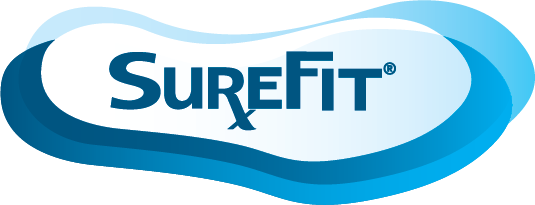Theratogs Ultra Lower Extremity System
Please note this supplier only ships on Tuesdays and Thursdays, regardless of shipping speed requested.
The TheraTogs Lower Extremity System is designed to address several alignment and functional deviations of the knee joints, developing femurs, and hip joints in an independently ambulatory child, and in an ambulatory adult with no problems related to hip or trunk stability.In most cases, the Infant Lower Extremity System is appropriate only for larger infants with neuromotor issues requiring more hip and pelvis control than that provided by the Wunzi Infant System.
NOTE: Be careful with developing hips. Imposing a sustained or significant change in hip rotation to align the knee axis on the frontal plane in gait on a client greater than 7-years-old might disrupt the integrity of the hip joint.Before applying TheraTogs, ascertain the client’s femoral torsion status first to determine whether the need for rotation change is osseous or muscular. Consult an orthopedist for assurance of safety regarding hip rotation strapping, if possible.
Indications:
- Cerebral palsy
- Hypotonia
- Ligament laxity
- Hemiplegia due to stroke or TBI
- Intoed gait in a child <7 years caused by excessive femoral torsion or excessive leg or foot rotation
- Excess anterior pelvic tilt caused by excessive femoral torsion or excessive leg or foot rotation
- Out-toed gait in a child <7 years caused by:
- Diminished femoral torsion
- Excessive lateral tibiofibular torsion
- Hip outward rotation bias
- Knee joint ligament laxity
- Knee hyperextension in a child age <7 years, or newly acquired knee hyperextension, caused by cerebral palsy, hypotonia, or ligament laxity
- Inadequate swing-phase knee extension in gait resulting in shortened step, caused by cerebral palsy, hemiplegia due to stroke, or traumatic brain injury
- Genu varum or genu valgum, caused by knee joint ligament laxity
- Persistent flexible foot pronation in hips/knees, caused by hypotonia or ligament laxity
- Excessive flexible foot supination, caused by ligament laxity
Outcomes:
- Supporting, assisting, and strengthening the lower abdominal
- Appropriate knee joint modeling in developing infants and children
- Improved step length
- Improve load-bearing alignment
- Assist quadriceps during late swing phase
- Use joint links to influence foot alignment and function by realigning the leg segments
- Defer or avoid the need for surgical long bone correction by using physiologic adaptation and skeletal modeling capacities in daily function




